Buy the photo The Damrak in Amsterdam - Oude Kerk Amsterdam by Nicky Kapel on canvas, ArtFrame, poster and wallpaper, printed on demand in high quality.
About "The Damrak in Amsterdam - Oude Kerk Amsterdam"
by Nicky Kapel
About the artwork
The Damrak in Amsterdam is a street and water between Dam Square and Central Station.
History
Originally, the Damrak was the name of the straight stretch (A 'rak' is a straight stretch of canal) of the Amstel River between the Plaetse (the name of today's Dam until the early 17th century) and the IJ. Via a lock at the Plaetse, the water flowed from the Rokin into the Damrak and then emptied into the IJ. Here was part of Amsterdam's old harbour. Where Central Station is now, there was a row of mooring posts in the IJ, where larger ships could moor. The quay, which only runs on one side of the water, was called "Op 't Water" until the demolition of southern parts of the Damrak, between Dam and Oudebrugsteeg, in 1845 and in 1883. Between 1845 and 1903, Zocher's Stock Exchange stood where the Bijenkorf now stands.
The houses on Warmoesstraat between Nieuwebrugsteeg and Oudebrugsteeg still stand with their rear façades in the undammed part of Damrak. Near Guldehandsteeg, which connects the water to Warmoesstraat, this row of gables still contains the only remaining waterfront pavement, where ships were unloaded. In this remaining part of the water (the "Wet Damrak") tour boats moor.
Two bridges over the Damrak, the Papenbrug (near the Oude Kerk) and the Oude Brug, disappeared when they were filled in (the Papenbrugsteeg and Oudebrugsteeg still remind us of them). The Nieuwe Brug (bridge no. 303) lies where the Prins Hendrikkade crosses the Damrak. A lock, the Nieuwe Brugsluis, is also located here. (Source: Wikipedia)

About Nicky Kapel
Nicky Kapel, independent photographer based in Elst Gelderland. My interests are mainly nature, landscape and environmental photography. More Information or photos from me can be found on my Instagram http://bit.do/NickyKapel.
Photography & editing
Canon 7D - Apple
Adobe Lightroom - Adobe Photoshop..
Read more…
 Germany
Germany Ordered in November 2019
Ordered in November 2019
 Netherlands
Netherlands Ordered in July 2024
Ordered in July 2024
 Germany
Germany Ordered in March 2024
Ordered in March 2024
 Germany
Germany Ordered in April 2022
Ordered in April 2022
 Germany
Germany Ordered in June 2020
Ordered in June 2020
 Netherlands
Netherlands Ordered in July 2018
Ordered in July 2018
 Germany
Germany Ordered in August 2019
Ordered in August 2019
 Germany
Germany Ordered in November 2019
Ordered in November 2019
 Germany
Germany Ordered in December 2023
Ordered in December 2023
 Netherlands
Netherlands Ordered in August 2019
Ordered in August 2019
 Germany
Germany Ordered in December 2024
Ordered in December 2024
 Netherlands
Netherlands Ordered in December 2021
Ordered in December 2021
About the material
ArtFrame™
Interchangeable Art Prints
- High-quality print
- Easily interchangeable
- Acoustic function
- Large sizes available
Discover the artworks of Nicky Kapel
 SunsetNicky Kapel
SunsetNicky Kapel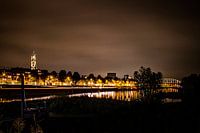 Rijnkade ArnhemNicky Kapel
Rijnkade ArnhemNicky Kapel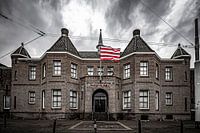 Sparta Stadium "The Castle "Nicky Kapel
Sparta Stadium "The Castle "Nicky Kapel Sunset over Elst (Gld)Nicky Kapel
Sunset over Elst (Gld)Nicky Kapel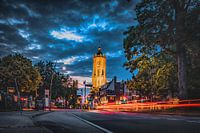 Elst (Gld)Nicky Kapel
Elst (Gld)Nicky Kapel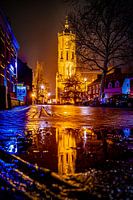 Grote Kerk Elst (Gld)Nicky Kapel
Grote Kerk Elst (Gld)Nicky Kapel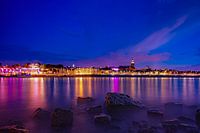 Waalkade Nijmegen by NightNicky Kapel
Waalkade Nijmegen by NightNicky Kapel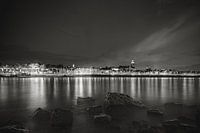 Waalkade Nijmegen by Night - black and whiteNicky Kapel
Waalkade Nijmegen by Night - black and whiteNicky Kapel Waalkade Nijmegen by Night - Panorama - Black and whiteNicky Kapel
Waalkade Nijmegen by Night - Panorama - Black and whiteNicky Kapel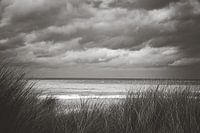 Zandvoort by the SeaNicky Kapel
Zandvoort by the SeaNicky Kapel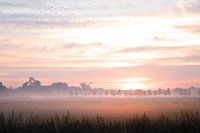 Foggy sunrise ElstNicky Kapel
Foggy sunrise ElstNicky Kapel The Scottish HighlanderNicky Kapel
The Scottish HighlanderNicky Kapel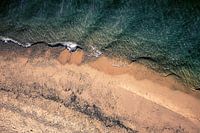 Waalbeach NijmegenNicky Kapel
Waalbeach NijmegenNicky Kapel Scottish Highlander with Nijmegen as background.Nicky Kapel
Scottish Highlander with Nijmegen as background.Nicky Kapel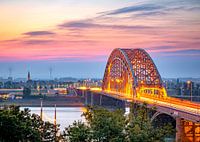 The Waal bridge at NijmegenNicky Kapel
The Waal bridge at NijmegenNicky Kapel Sunrise on the Posbank (dead tree)Nicky Kapel
Sunrise on the Posbank (dead tree)Nicky Kapel Scots pine on the Terletse HeideNicky Kapel
Scots pine on the Terletse HeideNicky Kapel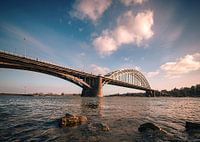 Waal bridge Nijmegen (arch bridge)Nicky Kapel
Waal bridge Nijmegen (arch bridge)Nicky Kapel https://www.google.com/search?client=safari&rls=en&q=Grazing+Scots+highlander&ie=UTF-8&oe=UTF-8Nicky Kapel
https://www.google.com/search?client=safari&rls=en&q=Grazing+Scots+highlander&ie=UTF-8&oe=UTF-8Nicky Kapel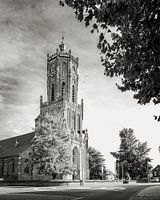 Tower of Elst in black and whiteNicky Kapel
Tower of Elst in black and whiteNicky Kapel
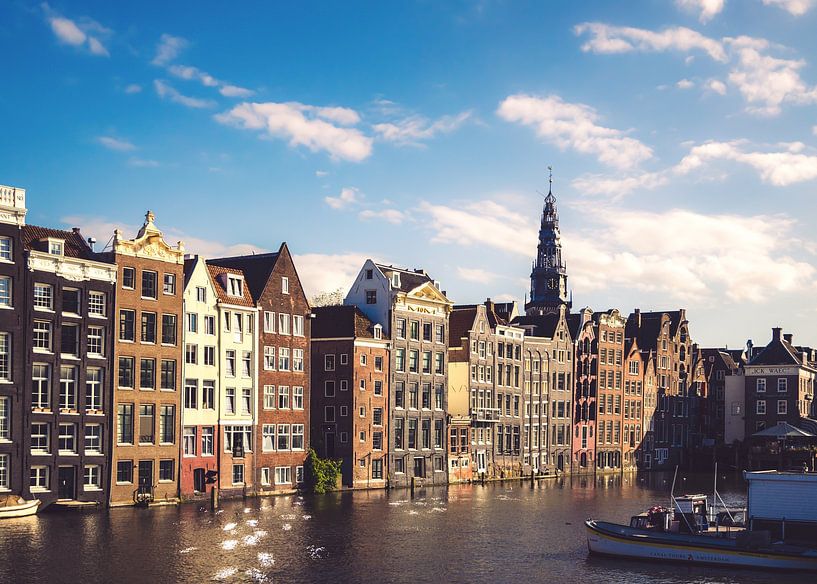












 Amsterdam
Amsterdam Old church
Old church Photo wallpaper
Photo wallpaper Photography
Photography Reflections
Reflections Serene Peace
Serene Peace Towns
Towns Water
Water









